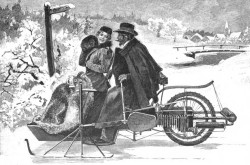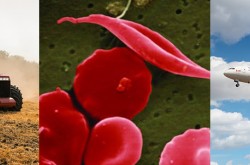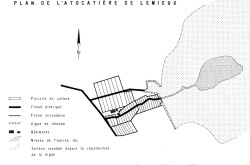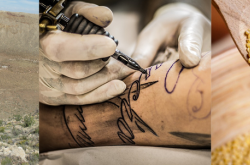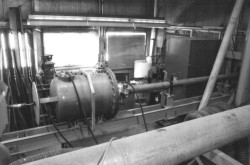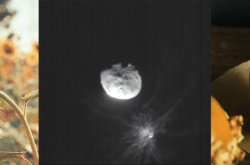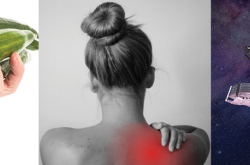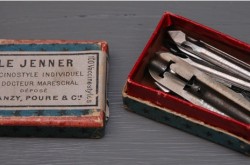And the Beat Goes On
This article was originally written and submitted as part of a Canada 150 Project, the Innovation Storybook, to crowdsource stories of Canadian innovation with partners across Canada. The content has since been migrated to Ingenium’s Channel, a digital hub featuring curated content related to science, technology and innovation.
For decades, NRC has worked at the very heart of biomedical engineering, a field that combines medical expertise with the design and problem solving of engineering. NRC inventions include the world’s first cardiac pacemaker and also the first to be powered by the human body. These devices – and the newer models they inspired – have saved countless lives around the world.
When doctors wondered how to safely restart hearts that stop during surgery, NRC found that a gentle electrical stimulus would do the trick – by duplicating the normal action of human nerves. The stimulus could also speed up or slow down an irregular heart beat.
In 1950, Canada’s National Research Council unveiled the first model pacemaker: a radio-sized unit that used vacuum tubes to generate electric pulses, and ran on a standard household current. While it worked well, it was too big to be immediately practical. But with steady advances in transistors and batteries, pacemakers got smaller and by 1957, the first unit was successfully implanted in a person’s chest.
NRC researchers didn’t miss a beat and soon created the world’s first “biological pacemaker” charged by the body’s own energy. This device could run uninterrupted for about a decade.
Today, the cardiac pacemaker is an essential element of modern medicine for people with diseased or injured hearts. In 1984, one of the original NRC inventors experienced first-hand the importance of his research – by receiving a pacemaker to correct his own erratic heart beat.








